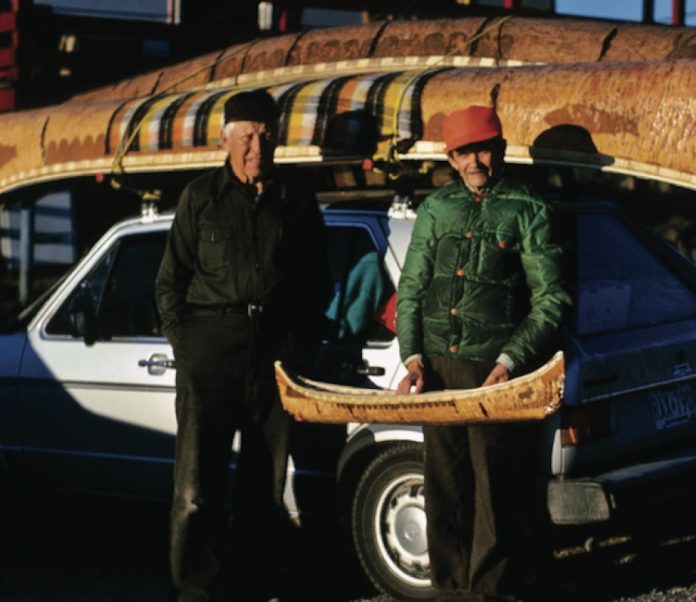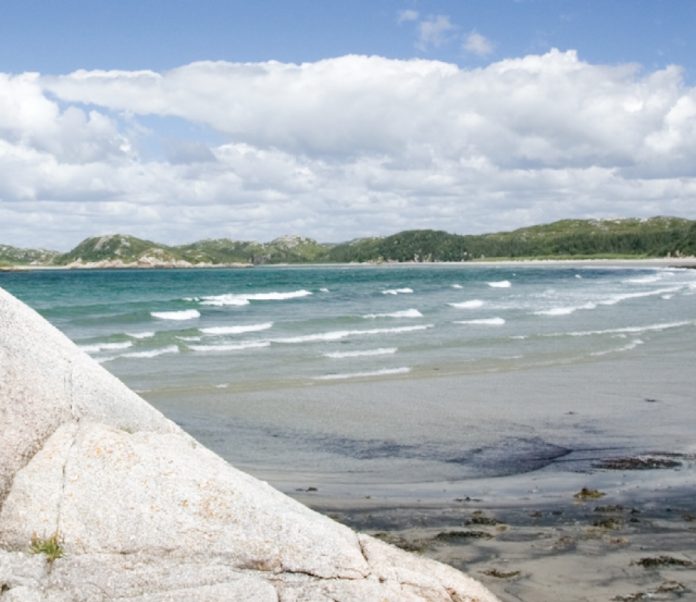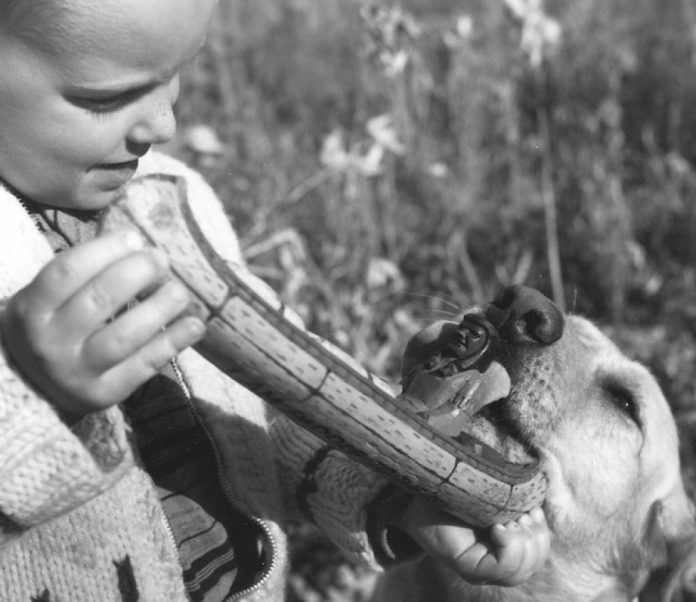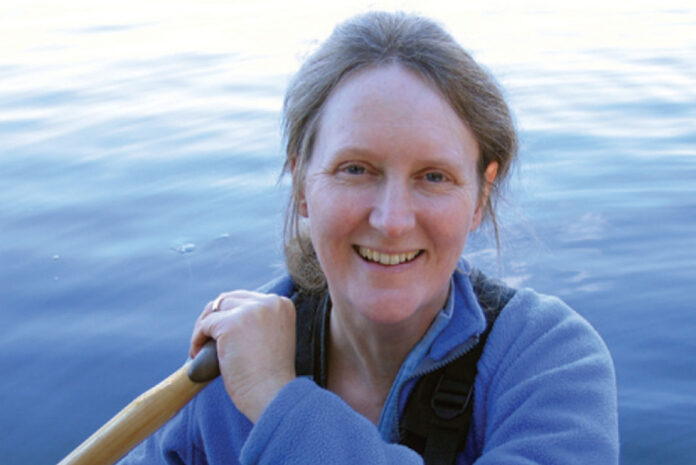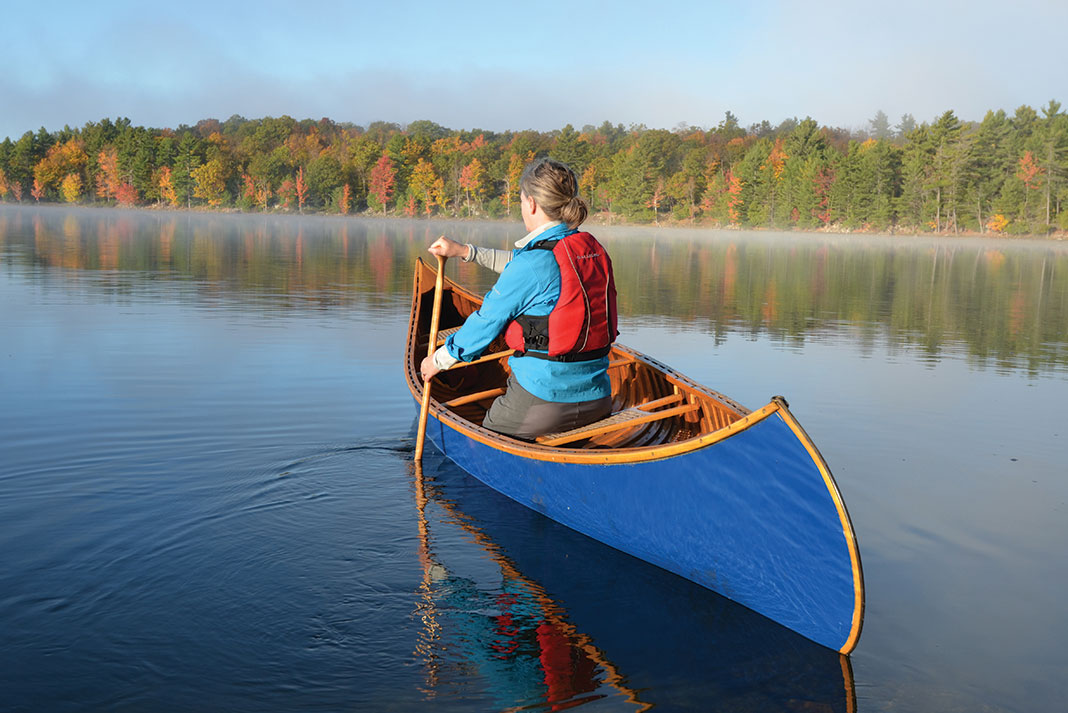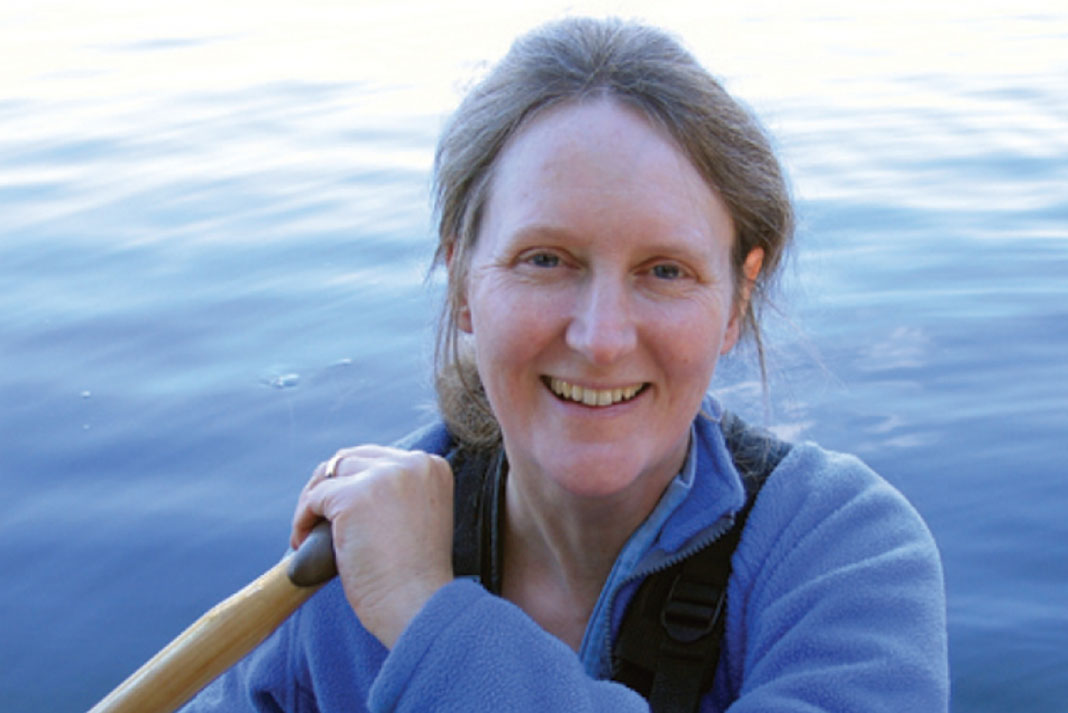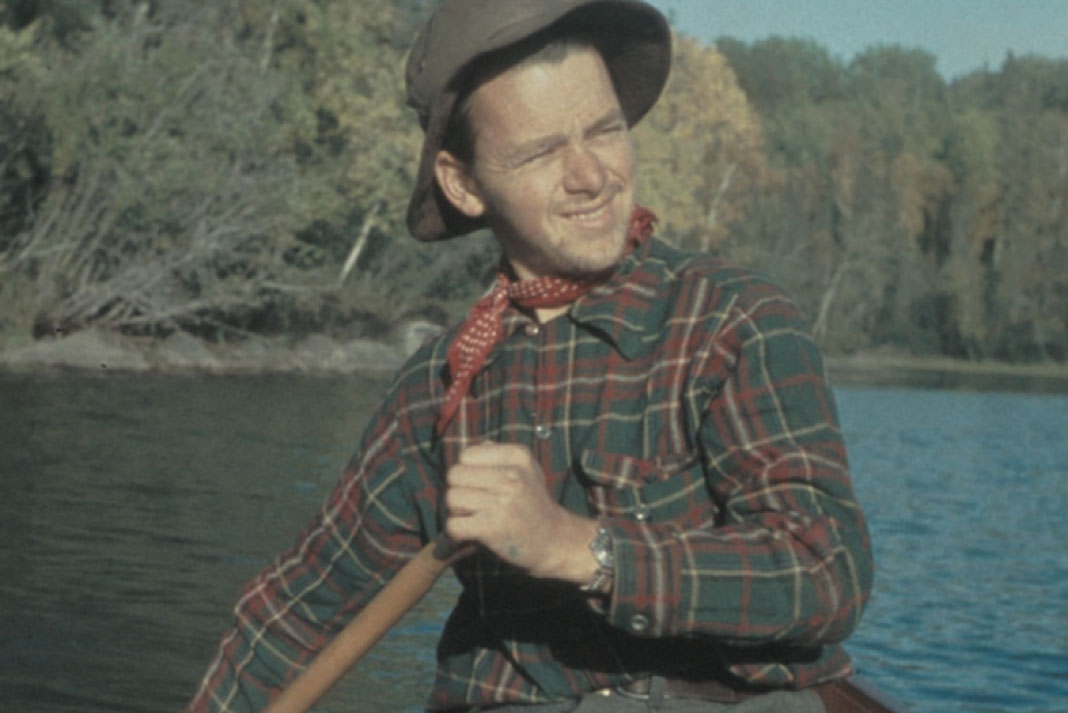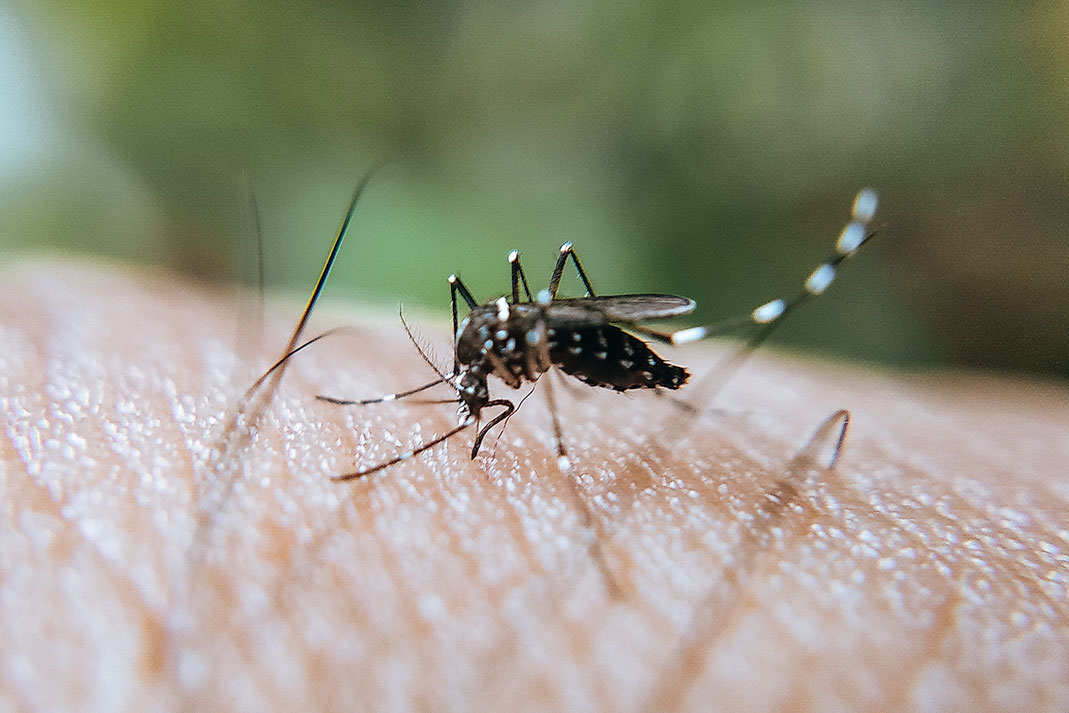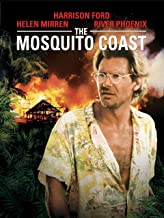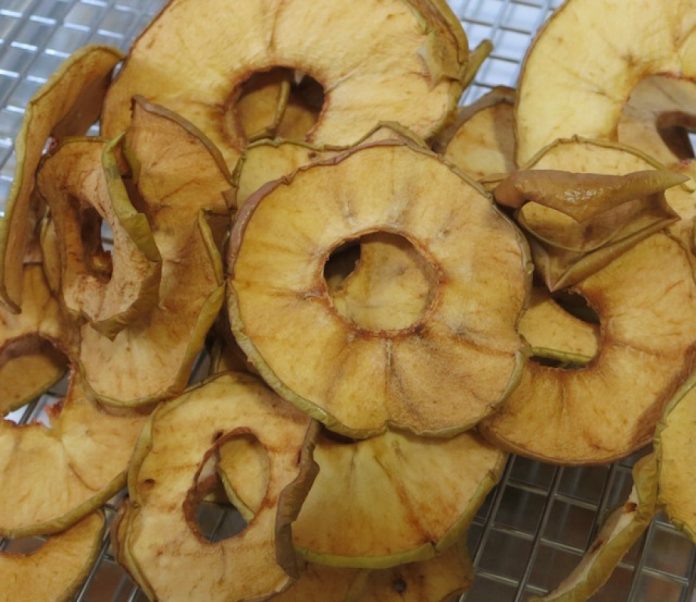There was a time, not so long ago, when kayak instructors were incredibly cool. Back in the day when the five-day kayak course was the norm, kayak instructors were pioneers of the river lifestyle, living out of the back of their vans, and oozing mojo. Instructors held the secrets to the river, and if you were lucky some of their cool rubbed off on you. Clients adored them. every paddler wanted to become them. They were the top of the paddling food chain.
Now the mojo has worn off.
Instructors are younger and less experienced, there is more turnover year to year, certification courses have fallen off the radar and kayak schools have trouble finding instructors. Instructing just isn’t cool anymore.
There are some reasons why the five-day kayak vacation has gone the way of long boats.
The interaction between student and instructor is just not the same in the new shorter time span. Two days is just not long enough for students to realize how cool the instructor is.
Add to this changing demographics. At one time, kayak students were young, athletic free spirits, and were ga-ga over their slightly older, athletic, tanned, free-spirited instructor. Instructors basked in the limelight that allowed their mojo to blossom.
Now the typical student is in his or her mid- 40s. They don’t quite hit it off with the 19-year-old instructor bow stalling in front of them. At 40, bow stalling is not conducive to mojification.
What’s more, modern boats are just plain easier to paddle. Gone are the days of the nervous eddy turn, heroic bow rescues, and long apprenticeships under the all-knowing instructor. Even more subtly, the psychology of danger has changed in kayaking. Instructors were once key to survival, cautiously meting out challenges only when the student proved worthy.
Now, rivers once viewed as a series of dangerous cataracts are seen as play spots. In the a right boat, a newbie can be bouncing in holes t that schools used to walk around. A beginner can now learn in one day what used to take three weeks. The secrets of the river are not so secret anymore. So who’s cool now? Ego-boaters. They paddle for themselves with hedonistic pleasure. They do anything—park and play, jibbing, dropping big ones—as long as it’s big and looks good on film. Websites and video biographies of pro boaters self-proclaim celebrity status. The pittance that boaters used to earn a through instruction has been replaced with the s pittance earned from highly caffeinated energy drink sponsorship. The all-knowing, omnipotent instructor has passed the torch to the brash, a brand-conscious paddling porn star.
For kayak instruction, this means a paradigm shift. For a young paddler, the instructor role is e merely a stepping stone toward full-time ego- boating. It is no longer the top rung of the ladder, only a way station where they prostitute s themselves on the way to a big break and a video appearance (and a free paddle).
As an upside, this new blood has changed y the way kayaking is taught. shorter boats, play- s boating attitudes, and a new view on dange means the progression is faster. The secrets are all laid out, and newbies are rolling, surfing and running rapids on day one. New instructors (the aspiring ego-boaters) became good paddlers quickly, and this influences how they teach—the 45-year-old office worker learns quickly too. Instructors no longer hold paddlers back, but push them at a rapid pace. The door is open for new paddlers to quickly put some skills together, and dream of attaining full-time ego-boating mojo.
Alas, kayak instructors have been relegated to the status of grade school teachers: vital for the basics, an intrinsic part of the culture, and definitely not sexy.
Instructors, whether they know it or not, are there to open a door and share the understanding that the river is there for everyone to tap into. Fun and play are key—two things egoboaters know better than anyone—and new paddlers quickly grasp that the secrets are not as mysterious as they once believed them to be.
Done well, teaching gets people excited about learning, even if they don’t get the answer right. Paddling instruction, when done well, gets people excited about paddling.
And here lies the irony. If mojo is defined , as cool status and the living of a vaunted lifestyle, then the instructor is passé. If mojo really does have more to do with reproductive prowess—the ability to make more paddlers—then instructors still have it.
Jeff Jackson has been teaching kayaking since boats were long and eddy turns were nervous. And yes, he used to be cool.
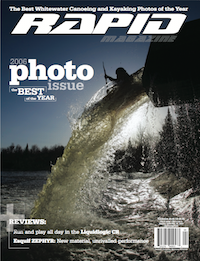 This article first appeared in the Fall 2006 issue of Rapid Magazine. For more great content, subscribe to Rapid’s print and digital editions here.
This article first appeared in the Fall 2006 issue of Rapid Magazine. For more great content, subscribe to Rapid’s print and digital editions here.




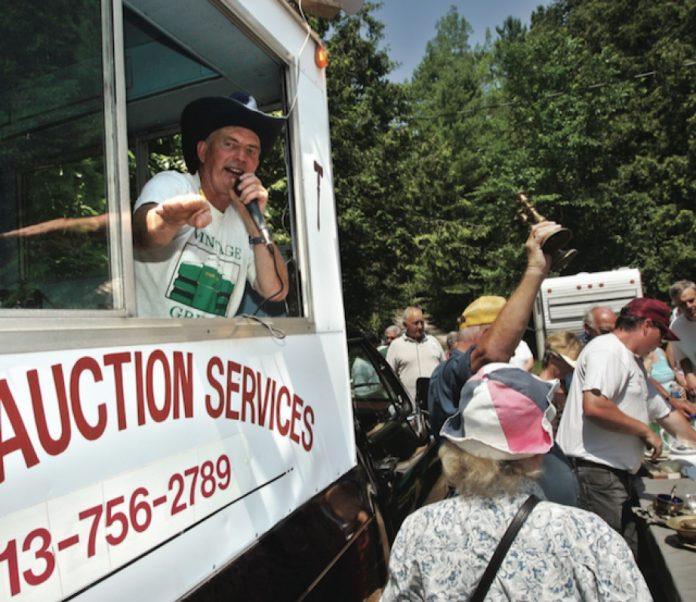

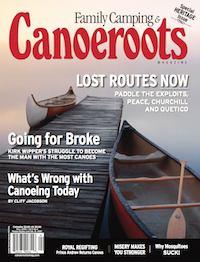 This article first appeared in the Fall 2006 issue of Canoeroots Magazine. For more great content, subscribe to Canoeroots’ print and digital editions
This article first appeared in the Fall 2006 issue of Canoeroots Magazine. For more great content, subscribe to Canoeroots’ print and digital editions 
